Preparing for an Association Event’s Security Means Going Off Auto-Pilot and Taking Control for Yourselves
From the Corner Office: Lori Kinsey, MPI Northern California
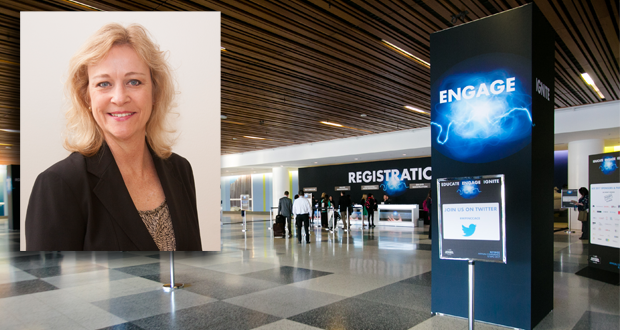
In current business lingo, “disruption” means any business model, marketing schema, supply chain or source that changes the way we view the creation and delivery of products and services in an innovative, positive way. But to meeting planners and association staffs, disruption usually refers to a person, group, or other force that causes an unwelcome disturbance and threatens to harm the flow of a carefully planned event. Considering the current high-voltage political and cultural climate in which the world finds itself, associations that fail to prepare for the possibility of an event disruption place themselves at risk of financial and reputational damage.
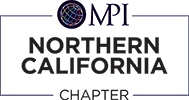 Lori Kinsey, CMP, Executive Director of Meeting Professionals International Northern California Chapter (MPINCC) and associate with Meeting Possibilities, LLC, spoke with Association Adviser about the challenges meeting planners face when preparing for a safe, successful event and the steps MPINCC took with their recent Annual Conference & Expo (ACE) at the Moscone Center in San Francisco to bolster security on several levels. She shared hands-on insight into the importance of adequate risk awareness and emergency planning and lessons MPINCC recently learned through creating their own comprehensive event emergency preparedness plan.
Lori Kinsey, CMP, Executive Director of Meeting Professionals International Northern California Chapter (MPINCC) and associate with Meeting Possibilities, LLC, spoke with Association Adviser about the challenges meeting planners face when preparing for a safe, successful event and the steps MPINCC took with their recent Annual Conference & Expo (ACE) at the Moscone Center in San Francisco to bolster security on several levels. She shared hands-on insight into the importance of adequate risk awareness and emergency planning and lessons MPINCC recently learned through creating their own comprehensive event emergency preparedness plan.
Association Adviser: MPINCC invested a significant amount of time and energy developing its event emergency plan prior to ACE. Was it worth that time and energy, and how do you know?

Lori Kinsey, Meeting Professionals International, Northern California Chapter
LK: Yes, and the chapter owes a debt of gratitude to Danielle Restaino, CMP, who led the charge to develop MPINCC’s first-ever event emergency preparedness plan. She did an amazing job pulling it all together and leading the team that developed it. The exercise of creating an event emergency plan opened the chapter’s eyes about how exposed we were previously without a plan in place, relative to safety and security measures. While we have discussed what we as an association would do if a disturbance occurred, researching and thoughtfully writing out an emergency plan meant that we developed an integrated, cohesive plan for how to respond to all of those possible disturbances.
Our volunteers, who are an integral part of our association’s operations at almost every level, provided excellent, first-hand input to the plan as well. Many volunteer committee members shared personal experiences dealing with all kinds of emergencies, and they helped review the final plan for feasibility and appropriateness. It was empowering to write the plan, and collectively we were more confident about the safety and security of the event with the support of this document. We knew that everyone involved on our staff and on our volunteer committees understood the rationale behind the designated response to various potential situations.
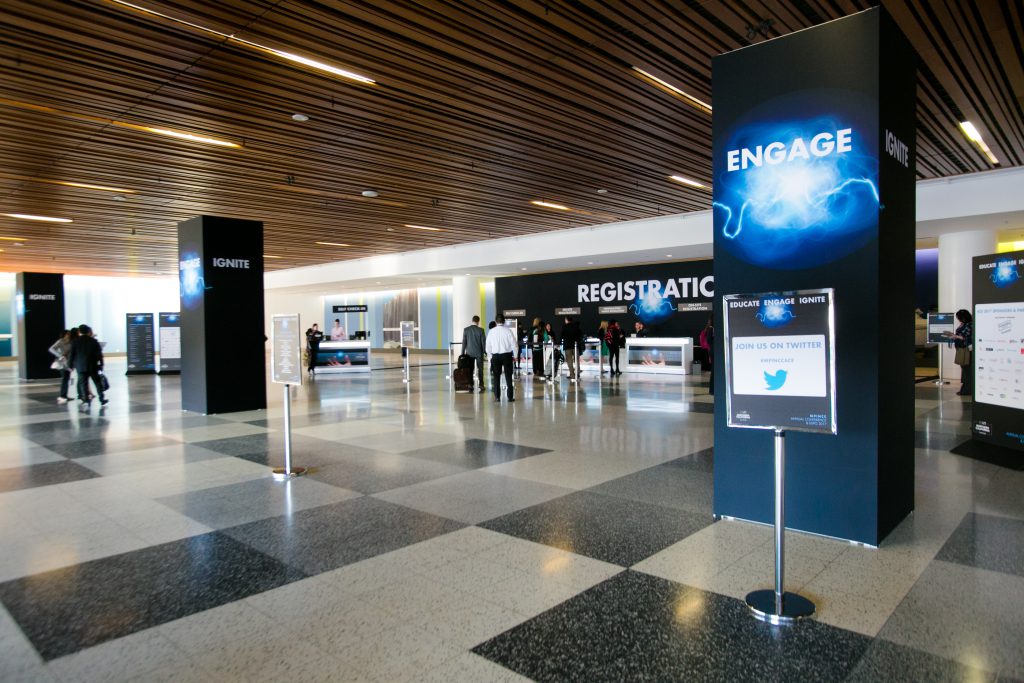
AA: Was the plan activated?
LK: It was not, thankfully! We didn’t even need to administer first aid to anyone at the event.
AA: Is event security an issue association members are becoming more concerned about, and why?
LK: Yes, especially at large-scale events around the world. There seems to be a trend toward higher risk of something negative happening at an event. You cannot plan an event in a bubble and assume a negative incident will never happen at your events. The best way to prepare is to know your options for a response. Planners want to be informed about security risks and about the tools available to help them prepare for an appropriate response to a security breach. They want to be prepared for the wide range of possibilities that might happen before, during or after an event.
None of us has a crystal ball, but knowing what has happened at past events and how the response went is good information for planners to have in their professional experience toolkit. That way they have options. Knowledge can help them feel more confident walking into their event.
AA: What was behind MPINCC securing event cancellation insurance for ACE?
LK: The revenue from ACE represents a major part of the association’s annual budget. Should ACE have to be cancelled, the financial impact to the chapter would be significant. As ACE has continued to grow in size, scope, and fiscal impact to the chapter, the Board of Directors this year strategically aligned the event’s insurance needs with its level of revenue generation. The purchase of event cancellation insurance includes terrorism coverage, a safeguard that, unfortunately, is recommended more than ever these days. The Board decided that securing event cancellation insurance was a relatively low cost investment that would help the chapter stay solvent should ACE be cancelled.
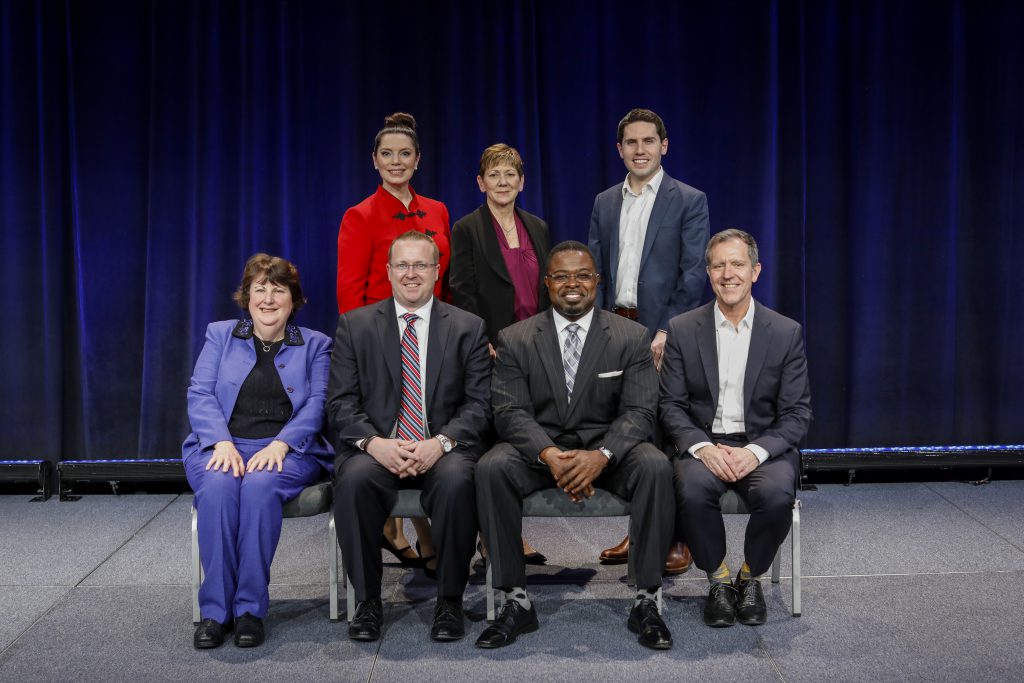
Front Row: Lisa Burkett, CMP, CMM, HMCC, Director ACE; Jonathan Wackrow, Keynote Speaker; Clarence Izzard, CPP, PSP, CLSD, Keynote Speaker; Matthew Schermerhorn, CMP, HMCC, ACE Chair Back Row: Marilee Sonneman, CMP, DMCP, MPINCC President; Dana Marshall, CMP, CMM, HMCC, ACE Education Chair; Ryan Carroll, ACE Co-Chair
AA: Why should an association secure liquor liability insurance?
LK: Plenty of unpleasant scenarios could unfold when alcohol is consumed at an event, so it is advised that associations secure liquor liability insurance through their event caterer or bartending service to protect the association from liability. The more people at an event the higher the odds that something could go sideways with regards to alcohol consumption. There are a number of situations that could result in a lawsuit involving alcohol consumption. And anyone involved in the planning of that event are potentially in the line of fire in a lawsuit. Although the caterer at ACE carried liquor liability insurance, MPINCC decided to take the extra step and secure its own liquor liability insurance as an added protection.
It’s a good practice to cover your bases and insure your association against the possibility of a lawsuit. It’s also a good idea to insure your association against legal action in case a supplier isn’t following protocol – in case bartenders are not checking IDs, for example, or are still serving alcohol to someone who is clearly intoxicated.
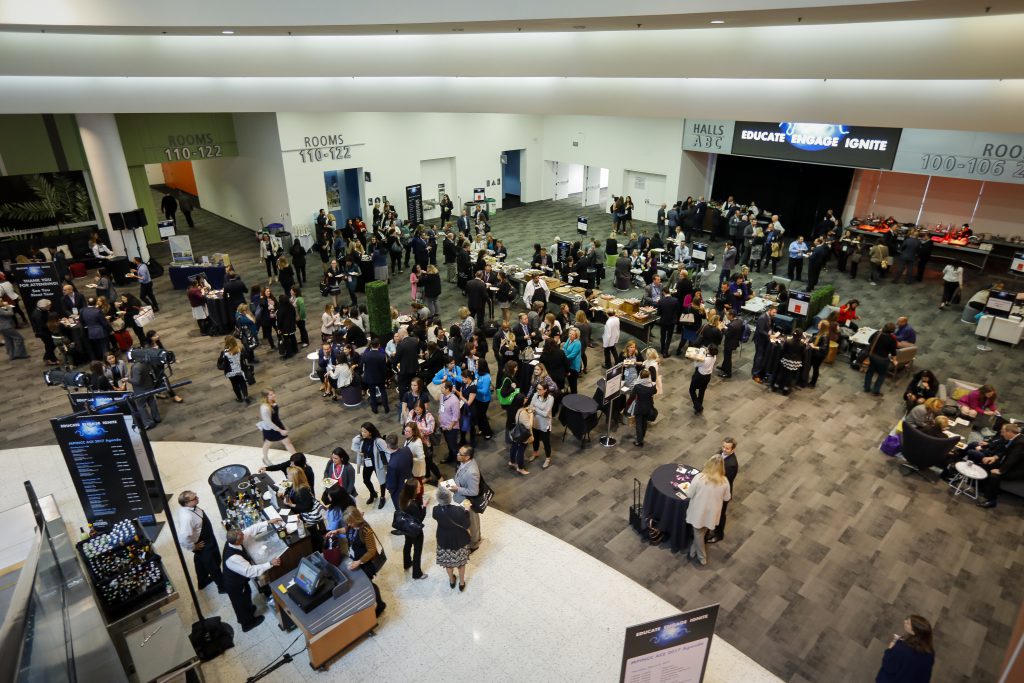
AA: As part of MPINCC’s emergency plan, your committee developed a “heckler policy” to address people who might disrupt event happenings with protests or other politically-motivated activities. Could you explain this heckler policy?
LK: The decision around creating a heckler policy was inspired by social media dialogue about one of the show‘s exhibitors that occurred shortly before the event. I credit the ACE leadership team with being nimble enough to quickly and professionally respond to the negative social commentary and prepare a policy addressing the response should the online dialogue transfer to the event in a disruptive way. And leadership managed this challenge with grace amidst all the other tasks that had to be handled right before the event.
Regarding increased security, we wanted to be as prepared as possible for any potential disturbance at the event and ensure the physical safety of attendees. This included being aware of and preparing for the possibility of outside intrusions involving people who are not part of the event, but see a large group of people gathering and want to create a disturbance. ACE leadership felt it was appropriate to bring in uniformed officers from the San Francisco Police Department because the mere presence of a uniformed officer might deter someone from creating a scene, whether or not they are part of the event.
We chose this security route for two reasons: First, to be poised to respond to potential continuance of the online discourse prior to the event. And second, to model thoughtful emergency preparedness and set a standard for the meetings industry. We wanted to demonstrate to attendees, suppliers and all others involved that MPINCC pays attention to current global happenings and is prepared to address them and their potential impact on chapter events.
AA: What drove the decision to dedicate ACE’s general session to security issues?
LK: Event safety and security are hot topics and directly related to what’s happening in the world today. The topic of security resonates with planners as well as suppliers in the industry. So it was important to include this relevant topic in our event programming.
AA: In your opinion, what are the most prominent security issues associations should plan a response to when it comes to events?
LK: The most prominent security issues depend a lot on the type and size of the event, as well as what’s going on politically, socially and culturally both locally and globally at the time. ACE keynote presenter Clarence Izzard spoke [at ACE] about being “situationally aware” and gave examples mostly about personal safety. But planners must be situationally aware about the meetings and events they plan as well. They must look at the larger worldview, the tenor of things happening in the world, ask themselves “how might XYZ affect my meeting or event, and how can I be better prepared to respond in case a negative situation unfolds?”
There’s no clear-cut answer about what security issue is most prominent. It’s more about being flexible and embracing everything going on in your area and surrounding your event. What your association deems a priority for safety is also going to depend to some degree on the number of people present at your event. Your response will be quite different for smaller events than for larger conferences or conventions. However, the need to prepare appropriately should remain the highest priority of all.
Lori Kinsey, CMP is the Executive Director of Meeting Professionals International Northern California Chapter. She has eighteen years of meeting and event planning experience including over six years within the association community. Reach her at [email protected].

